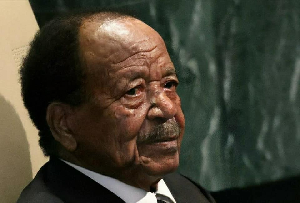The national landscape is littered with intentions; lofty intentions as have resulted in the creation by Government decrees and other such instruments, of primary and secondary schools in practically every nook and cranny of Cameroon. Yet, in most of the cases the schools only exist as decrees, on the pieces of paper on which they were signed and read over radio networks or announced during end of year speeches.
In principle, these “state owned schools” are tuition-free. But in practice, it is hardly ever the case. Parent Teachers Associations, PTA’s, are practically shouldering the responsibility of acquiring land, constructing, furnishing, recruiting and paying teachers to run the said schools.
Even though the yearly budgets of the respective Education Ministries are the biggest, very little trickles down to the effective putting up of physical structures, let alone furnishing them and ensuring that realistic didactic measures are applied to the letter.
Politicians have found fertile ground here, for cheap campaigns. Every now and again, one of them turns up with a handful of hurriedly built furniture or repairs a leaking roof here and there, getting the media to sing how they are so concerned about their people’s welfare and all that.
Village development communities have, to say the least, also been doing their very best to ensure that schools are built; teachers employed and paid from the communal purse while the Government intervention, sometimes in the name of the so-called minimum packages are as scarce as the proverbial dog’s tears.
So has the Government any moral right to continue claiming that education in “state run” primary through secondary schools is free?
Even when in the final analysis, parents end up spending more on PTA charges than they would have ordinarily spent in privately run schools?
We put these questions to our respondents and their responses were not only varied, but also critical and interesting.
Opinions of Monday, 15 September 2014
Auteur: The Post Newspaper















